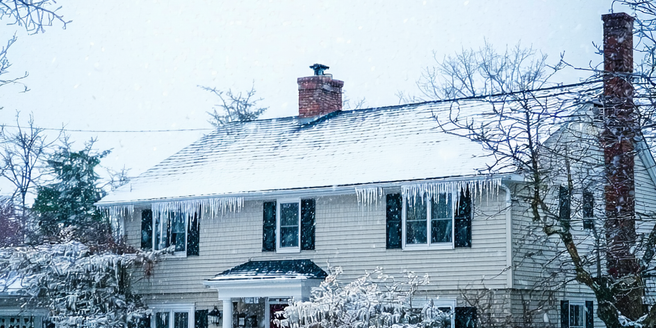
Understanding Cold Fronts and Their Impact on Homes
Cold fronts represent the boundary between two air masses of differing temperatures, pressing the warmer air upward and advancing cooler temperatures. As a front passes, homes experience sudden changes in temperature and weather patterns. These shifts can strain heating systems as they attempt to maintain comfortable indoor climates. During cold fronts, temperatures can plummet, requiring homeowners to turn up their thermostats. The demand on heating systems not only leads to increased energy consumption but also higher utility bills. Moreover, cold fronts often bring wind and precipitation that can infiltrate homes, pushing internal temperatures lower. Preparing for these events involves understanding the weather patterns and assessing home insulation and heating system efficiency to mitigate their impact effectively.
The Science Behind Cold Fronts
Cold fronts occur when a cold air mass advances into a region dominated by warmer air, leading to significant weather changes. Understanding the dynamics involves recognizing that cold air, being denser, pushes beneath warm air, forcing it upward rapidly. This uplift results in cloud formation and often precipitation, marking the approaching front’s arrival with a noticeable drop in temperature. Meteorologists track these events to predict weather changes using data from satellite images, wind patterns, and temperature shifts. As the front passes, the atmospheric pressure rises, and the weather typically clears. However, the accompanying temperature drop poses immediate challenges to home heating systems as they struggle to adjust to the new colder conditions. Comprehending these phenomena is crucial for effective energy management and preparedness in residential settings.
Common Challenges During Cold Fronts
Cold fronts can pose several significant challenges for homeowners. The most immediate impact is the sudden drop in temperature, requiring quick adjustments in heating systems to maintain warmth indoors. This surge in demand can lead to higher energy usage and increased utility bills. Furthermore, the windy conditions and precipitation often associated with these fronts can exacerbate heat loss, especially in poorly insulated homes. Drafts and cold air infiltration through gaps can make areas uncomfortable, despite heating efforts. Prolonged exposure to cold temperatures indoors can also cause issues like frozen pipes if not properly managed. Additionally, cold fronts may lead to power outages, leaving homes without adequate heating. It becomes essential to assess and improve home insulation and sealing to minimize heat loss and prepare for potential disruptions.
Home Energy Efficiency: Key Concepts
Home energy efficiency refers to the practice of reducing energy consumption while maintaining or improving the comfort and functionality of living spaces. Key concepts include insulation, air sealing, efficient heating and cooling systems, and energy-conscious behaviors. Proper insulation minimizes heat loss in winter and keeps homes cool in summer, often yielding significant energy savings. Air sealing involves eliminating drafts and leaks around windows, doors, and other openings, reducing the burden on heating and cooling systems. Implementing efficient appliances and embracing practices like adjusting thermostat settings and using window treatments can also lead to lower energy use. Incentives and rebates for adopting energy-efficient technologies encourage homeowners to make improvements, improving comfort and reducing utility costs.
Improving Home Insulation and Sealing
Adequate home insulation and sealing are crucial for maintaining energy efficiency during cold fronts. Insulation materials like fiberglass, cellulose, or spray foam help reduce heat flow, keeping indoor areas warm in winter and cool in summer. Upgrading insulation in attics, walls, and basements can significantly cut energy bills. Sealing gaps around windows, doors, and electrical outlets is equally vital to prevent drafts and air leakage. Weatherstripping and caulking are effective solutions for minimizing air infiltration. Regular maintenance checks ensure these barriers remain effective over time. When homes are well-insulated and sealed, heating systems don’t need to work as hard, conserving energy and reducing costs. Incorporating these improvements also enhances indoor comfort, providing a more consistent temperature throughout the year.
Smart Thermostats and Energy Conservation
Smart thermostats represent a significant advancement in home energy management. These devices provide homeowners with precise control over their heating and cooling systems, optimizing energy use through features like programmable schedules and remote access. Smart thermostats learn household habits and adjust temperatures accordingly, ensuring comfort while minimizing waste. For instance, they can lower temperatures when the home is unoccupied or adjust settings based on weather forecasts. The integration with smartphones allows for real-time monitoring and control, even from afar. Additionally, smart thermostats offer insights into energy consumption patterns, helping users make informed decisions to enhance efficiency. By reducing unnecessary heating and cooling, these devices contribute to lower energy bills and a reduced environmental footprint, aligning perfectly with efficiency goals during cold fronts.
